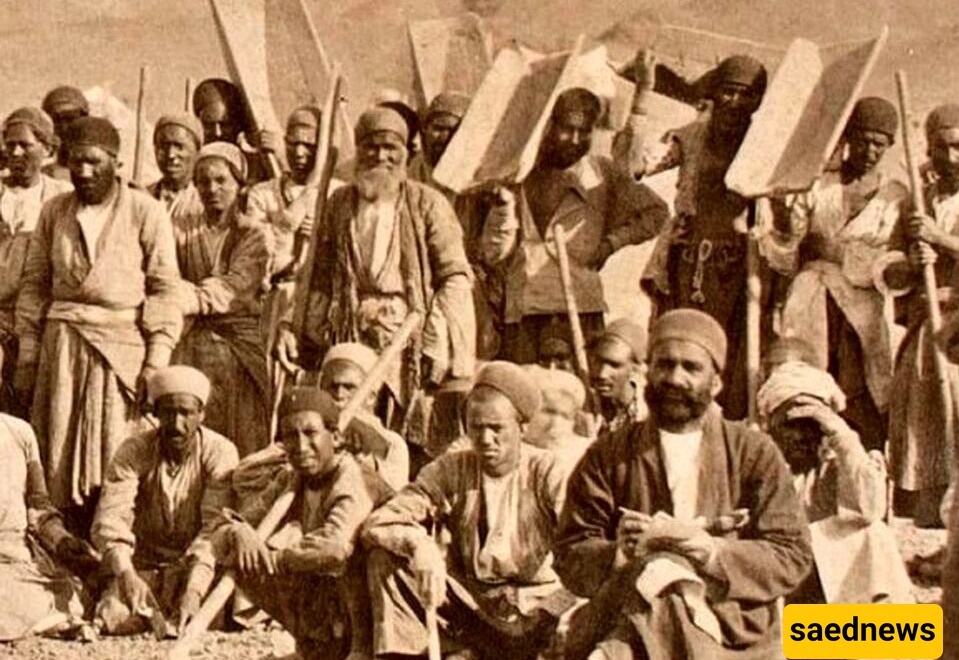SAEDNEWS: The image of the Qajar era is often etched in our minds as a period of backwardness and incompetence. While this perception is largely accurate, hidden in the corners of the era’s albums and documents, one can occasionally spot traces of construction and development.

According to the Society Service of Saed News, quoting Faradid, in the series “Journey to the Qajar Era”, each installment brings you glimpses of life in Iran over a century ago through a few high-quality photographs sourced from reputable archives.
Today’s first image shows Naqsh-e Jahan Square in Isfahan, where a group of soldiers appears to be engaged in military drills or participating in an official ceremony. During the reign of Naser al-Din Shah, the city of Isfahan was governed by Zill al-Sultan (one of the Shah’s sons), who had established a military unit known as the Fouj-e Jalali there.

The second and third photos depict the construction of a postal relay station along the route to Qom. In the first of these images, workers are seen with shovels and containers for transporting soil and preparing mortar. A few supervisors appear in the foreground, holding papers and making notes.

The next photo offers a broader view of the relay station under construction, showing workers actively engaged in their tasks.

The fourth image captures the Manjil Bridge. The old bridge, dating back to the Safavid era, had been partially destroyed and, as seen in the photo, covered with planks to allow passage. Later, by order of Naser al-Din Shah, a new bridge was constructed alongside the old one, which is also visible in the image.


